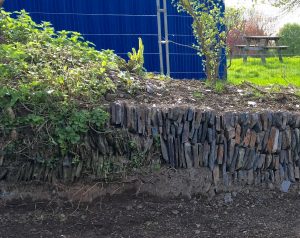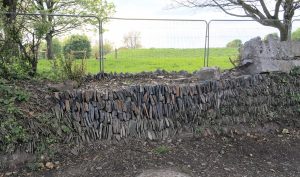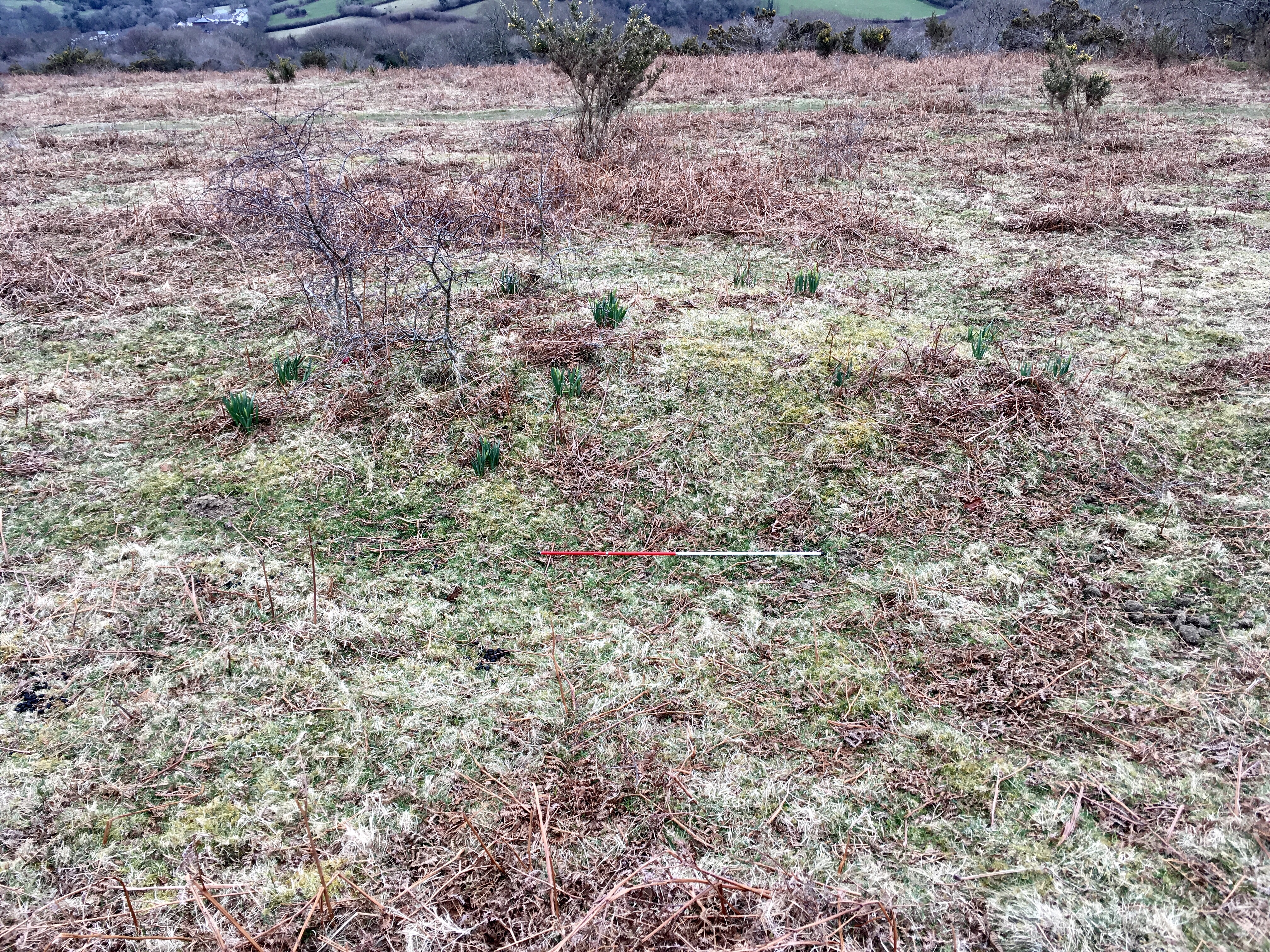I’ve been interested in place-names for a long time, particularly as regards those descriptive of topography. The work of Margaret Gelling in demonstrating the rich and subtle vocabulary of Old English and Norse toponymy was compelling and still stands scrutiny today. The work of her later collaborator Ann Cole reinforces the general cast of the argument: that the profusion of words for different features is not merely a salad of synonyms but rather evidence of a discerning appreciation of landscape and an ability to describe that clearly.
One aspect which intrigues me is that of audience or scope: who was the intended user of a name? Whitchurch (Devon) is ‘white church’ – as distinct from which other churches? For the name to make sense at least one other church must have been visible at the same time. Making the bold assumption that the sites of today’s surviving medieval churches in the area represent original buildings contemporary with Whitchurch, that would give us Tavistock Abbey, Sampford Spiney, Walkhampton and St Michael de Rupe at Brentor. All would have been visible from Whitchurch Common above and to the north of the church. Another possible vantage point would have been from Roborough Common to the south across the River Walkham.
In either case, a distinctive white church would provide a useful landmark to the traveller: following the road from Buckland Monachorum down the sticklepath, across Grenofen Bridge towards Tavistock; or following the West Devon Spinal road [1] across Whitchurch Common between Horrabridge and Harford Bridge.
Ann Cole [2] has also written about the possibility of place-names as navigational aids for travellers . She suggests that a traveller could learn the sequence of places through or by which they would travel. Some names would indicate not only useful information such as sources of drinking water or places to sleep but more importantly ensure that by noting the topographical features along the way they would remain on the learned route. One inference from this is that place-names would have had to have meaning across a larger area to avoid ambiguity.
This contrasts with the forms and variety observed in field names. These need only be distinctive within a holding, be that a nucleated farm or an open-field manor. Within a modern village there are often many examples of repeated field names, for example the parish of Walkhampton has several instances of ‘Three Corner Field’, ‘Down Park’, ‘Homer Field’ and ‘Yonder Field’.
This conjectured navigation-by-name doesn’t, so far as I can tell, have any direct documentary evidence. It’s entirely possible that it died out relatively early – perhaps the decline in toponymic precision is a reflection of that.
References
1. Rosamond Faith & Andrew Fleming (2012) The Walkhampton Enclosure (Devon), Landscape History, 33:2, 5-28, DOI: 10.1080/01433768.2012.739392
2. Cole, A. (2011). Place-Names as Travellers’ Landmarks. In Higham N. & Ryan M. (Eds.), Place-names, Language and the Anglo-Saxon Landscape (pp. 51-68


